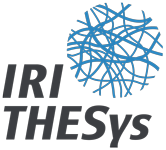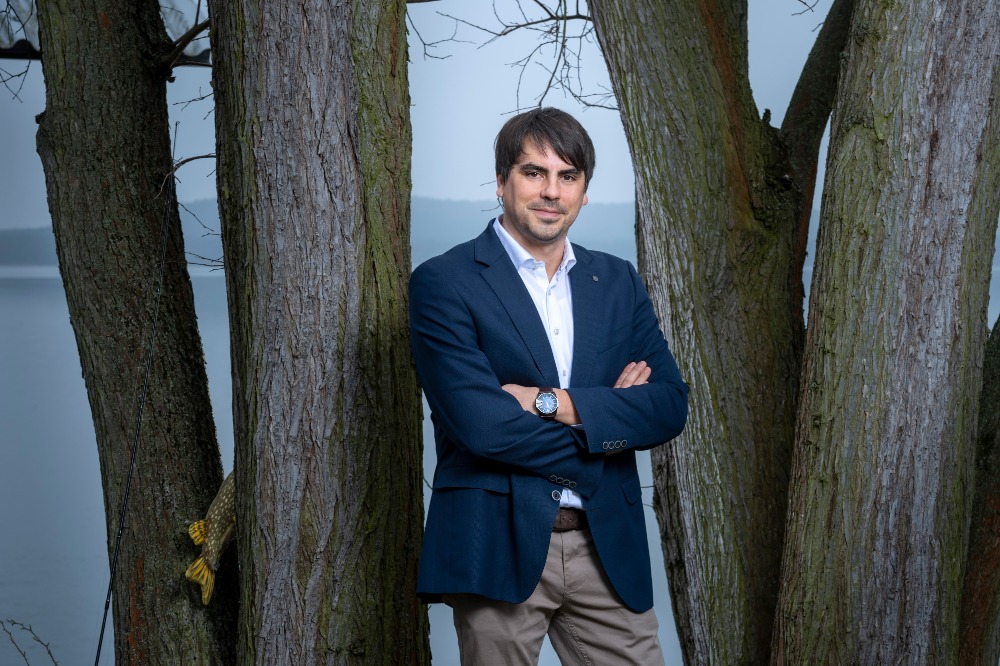In August 2023, researchers Desirée Hetzel, Fabio Brill and Patricia Usée from Climate and Water Under Change (CliWaC), Pauline Münch from AnthropoScenes and along with Till Goldmann published a blog post and coinciding interactive map in the Umwelt Ethnologie AG of the DGSKA (Environmental Anthropology Working Group). The post, titled Flusspunke Entlang der Spree: Szenen aus dem sozialen Leben der Spree (River Points Along the Spree: Scenes from the Social Life of the Spree) weaves together text, maps and film to highlight the unique human-nature relationships which constitute the river Spree.
The blog post and interactive map is a result of transdisciplinary collaboration which began when director and filmmaker Gerd Conradt introduced his documentary “The Spree – Symphony of a River” to CliWaC and AnthropoScenes. The film was released in 2007 and follows the river from its source on the Kottmar to its mouth in the Havel in Berlin—bringing the connections between the water infrastructure and social life to the screen.

After the initial introduction to the film, there was mutual excitement to digitize over 50 hours of the archival film footage from the “The Spree – Symphony of a River”. On one hand, Gerd Conradt was grateful to no longer rely on VHS cassettes while Desirée Hetzel saw the footage as relevant research input to better understand the changes that have happened over the past 25 years.
As such, Desirée began intense collaborative work with students and student assistants Patricia Usée and Till Goldmann to analyze around 50 hours of historical film material. They gained insights into everyday human-water interactions and conversations which formed the basis of the blog post. The team went on to describe the central themes of the footage which include; The Spreewald as a place of longing between natural and cultural landscapes, the Müggelspree as a peripheral river and a sign of change, as well as the end of coal mining and decommissioning of power plants and resulting dismantling of fossil infrastructure.
With this wealth of information, Fabio Brill created an interactive map which follows the length of the Spree. It integrates the texts written by Desirée, Till and Patricia, as well as sections of Gerd’s historical film. It allows audiences to find connections between the multimodal material and gain a new perspective on the Spree river.
The post ends with connections to today’s challenges caused by climate change and explain how these film segments can give new impetus to the experimental science communication work in AnthropoScenes.
The blog post on the Umwelt Ethnologie AG of the DGSKA (Environmental Anthropology Working Group) can be read here https://umweltethnologie.com/2023/08/28/flusspunkte-entlang-der-spree/







